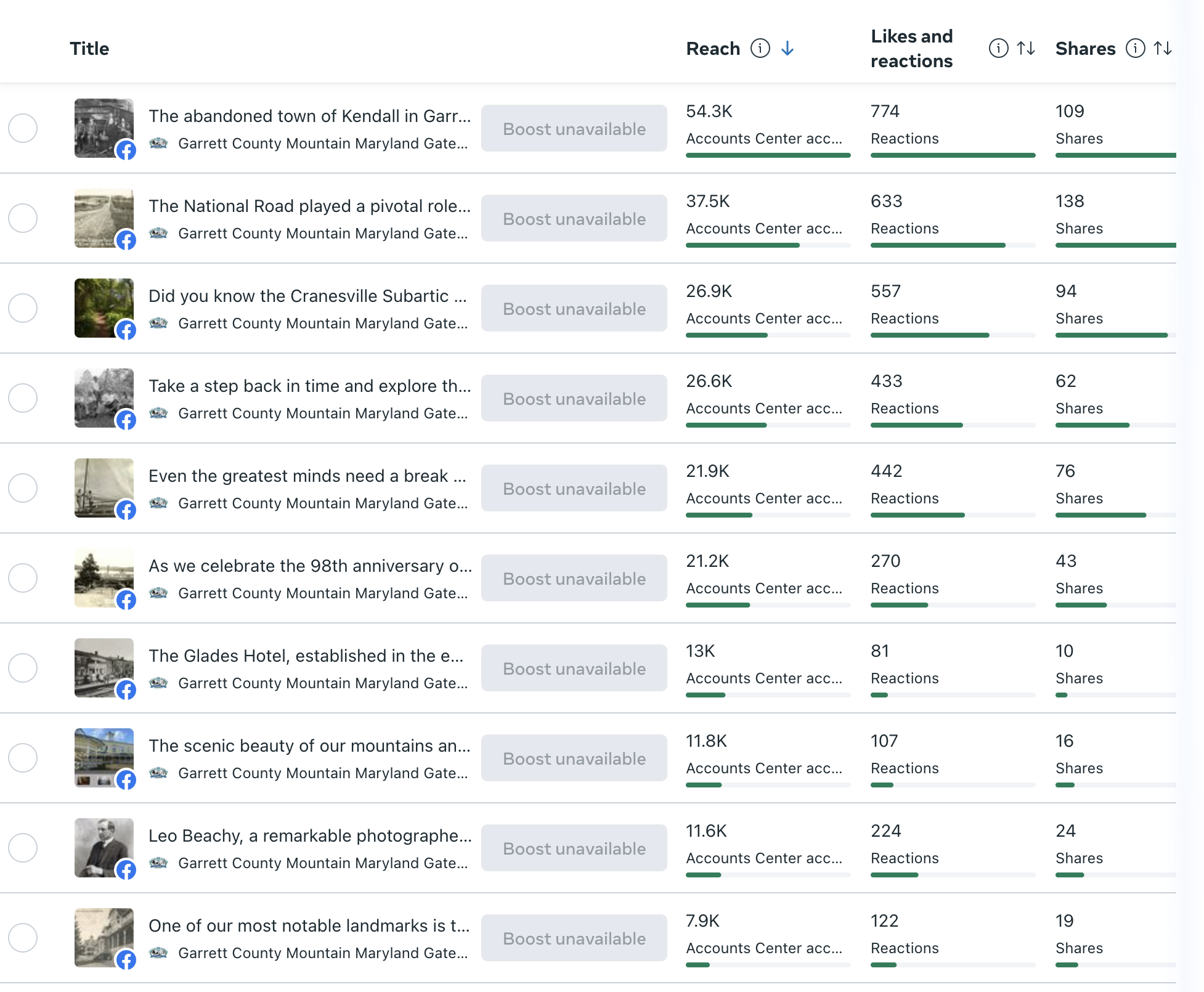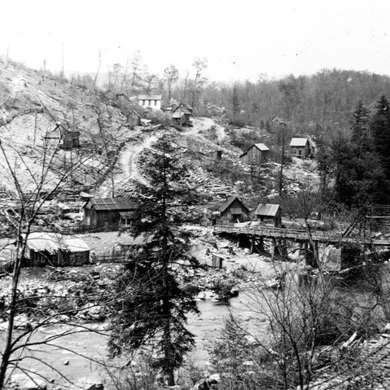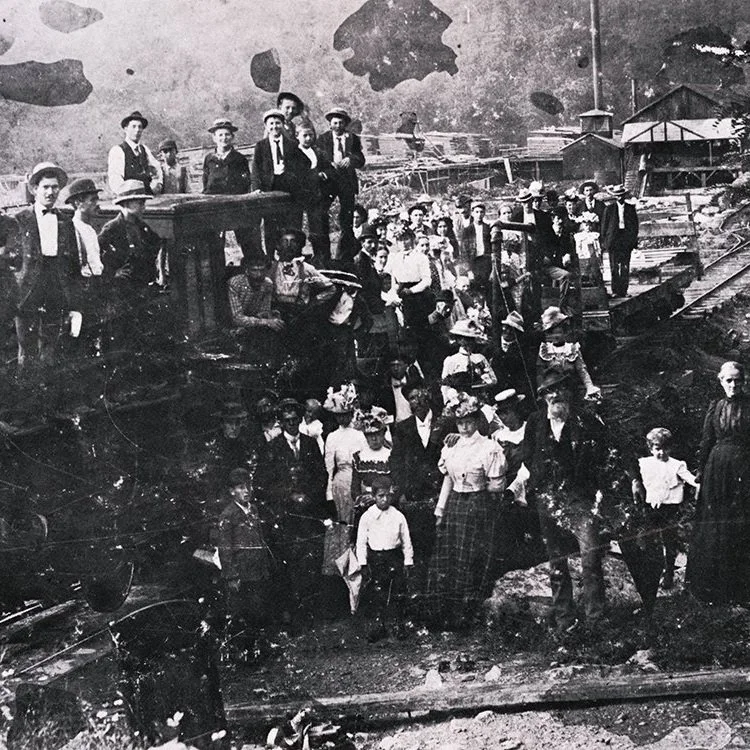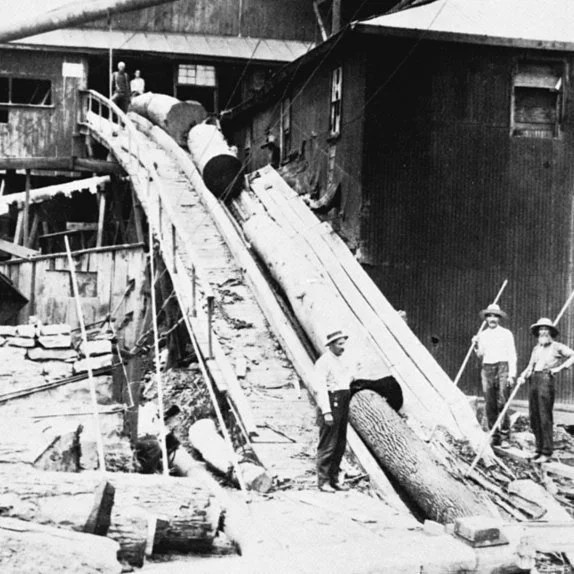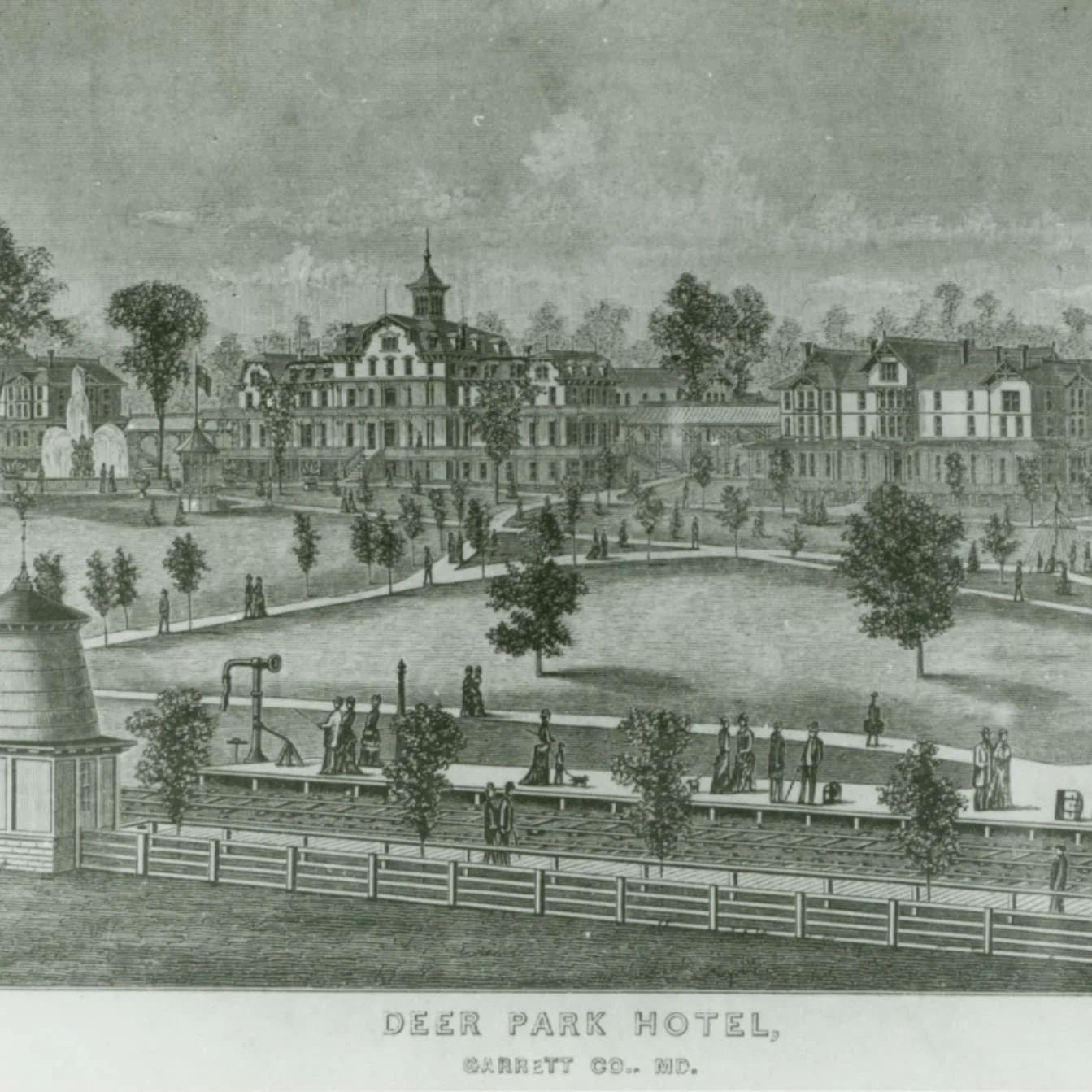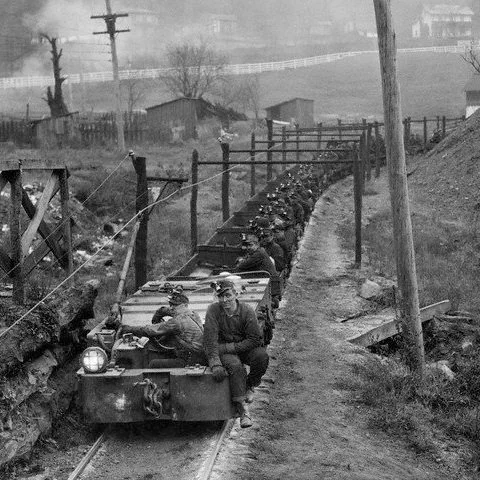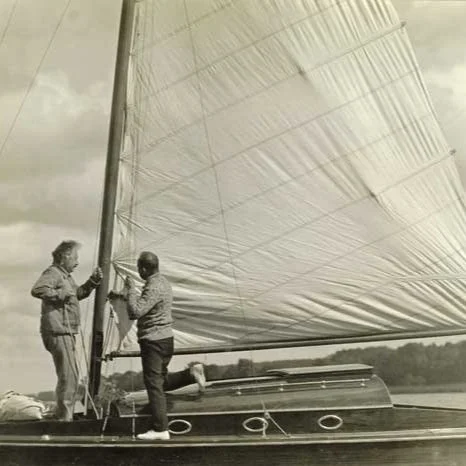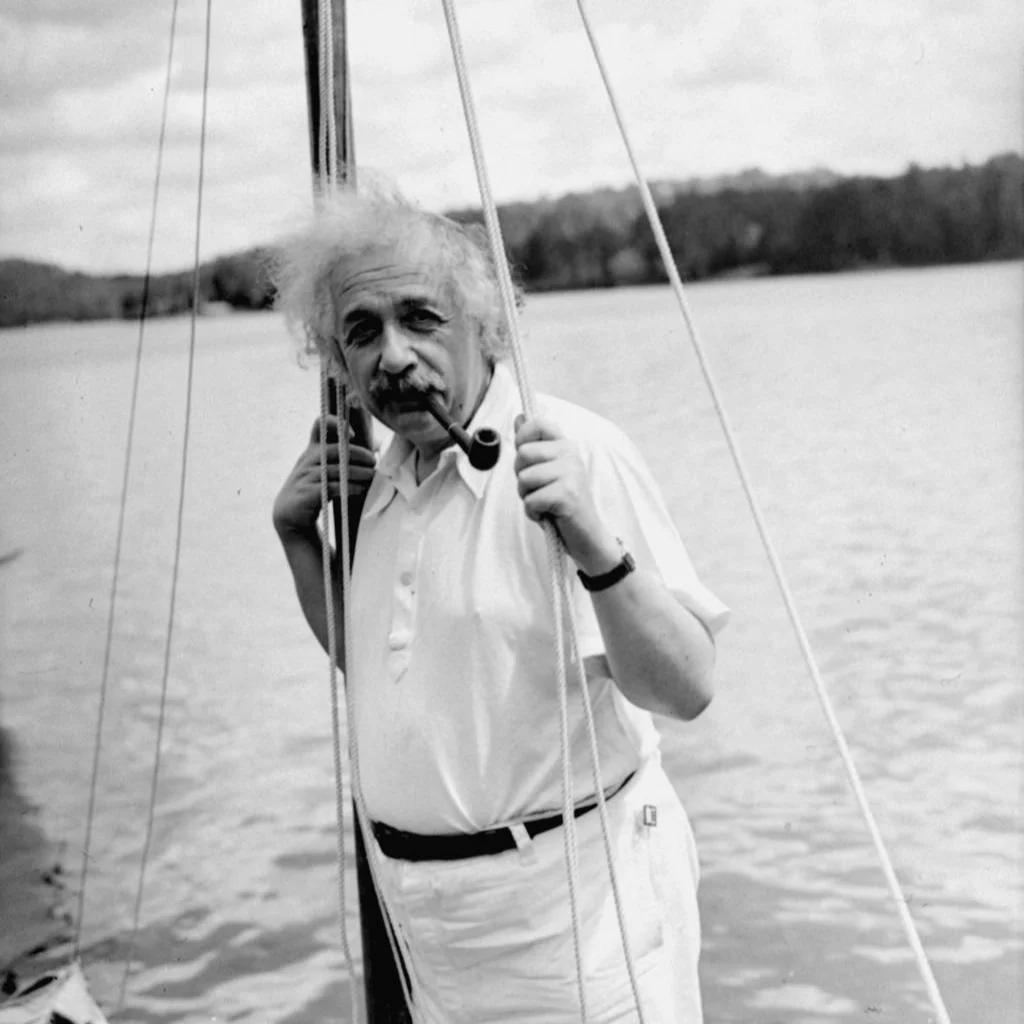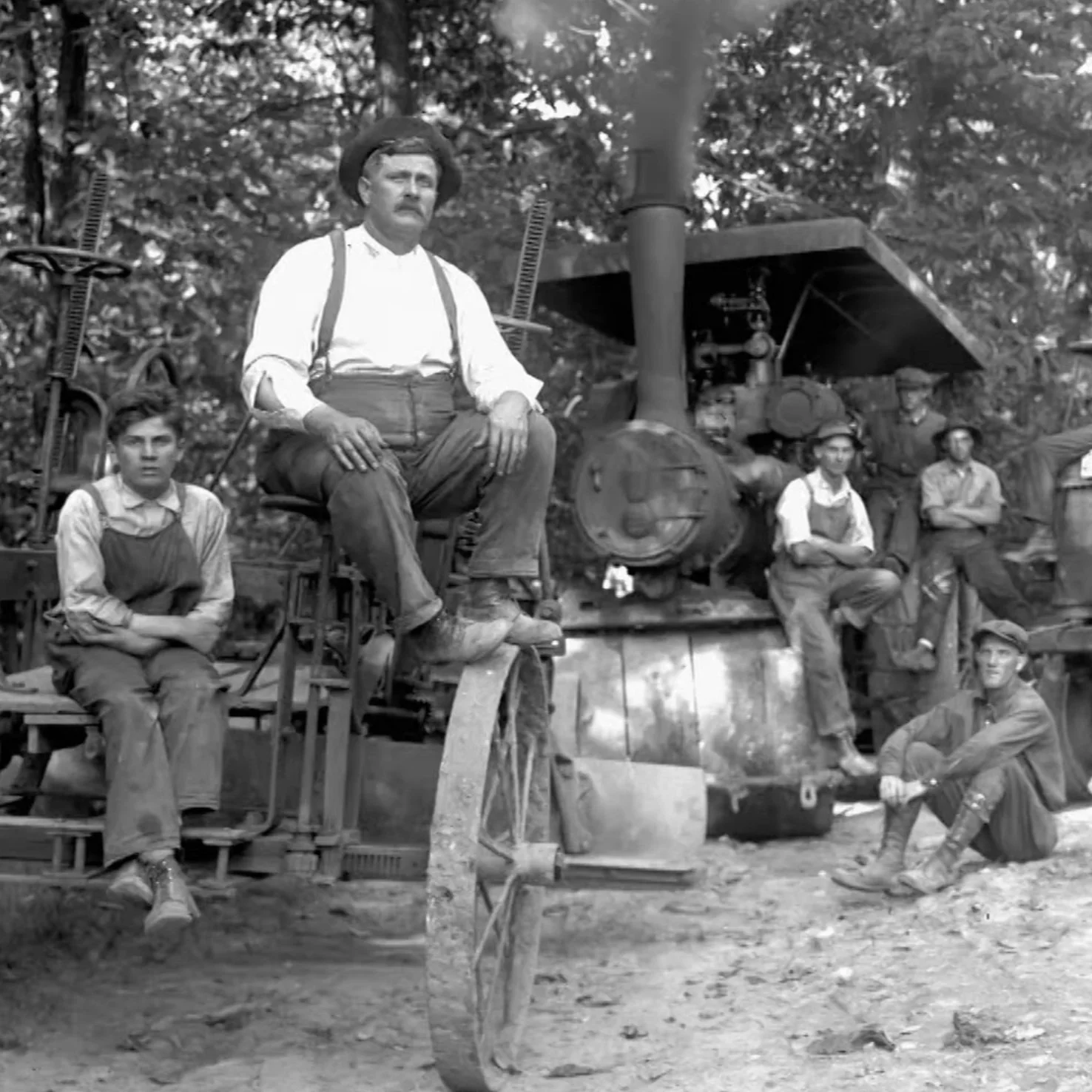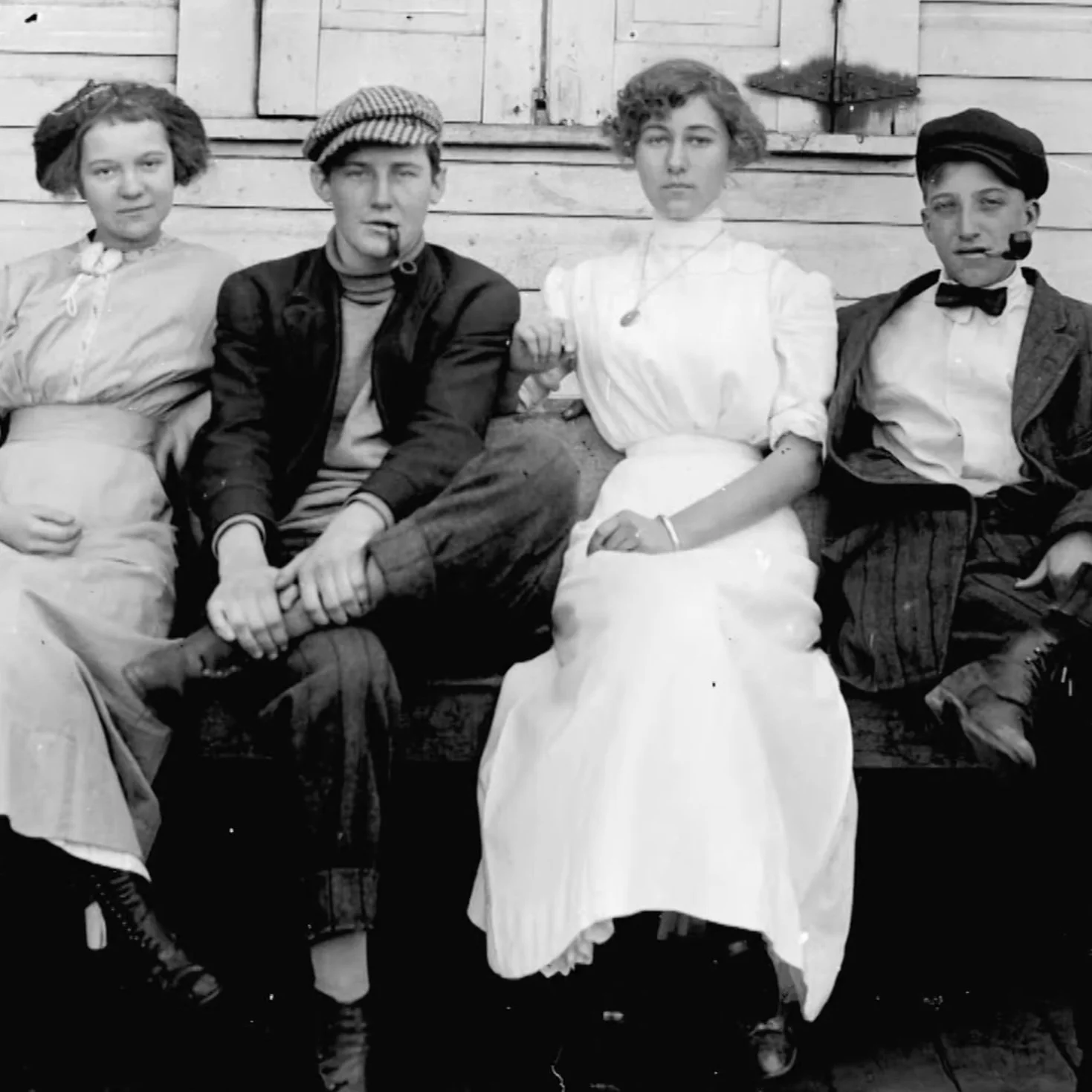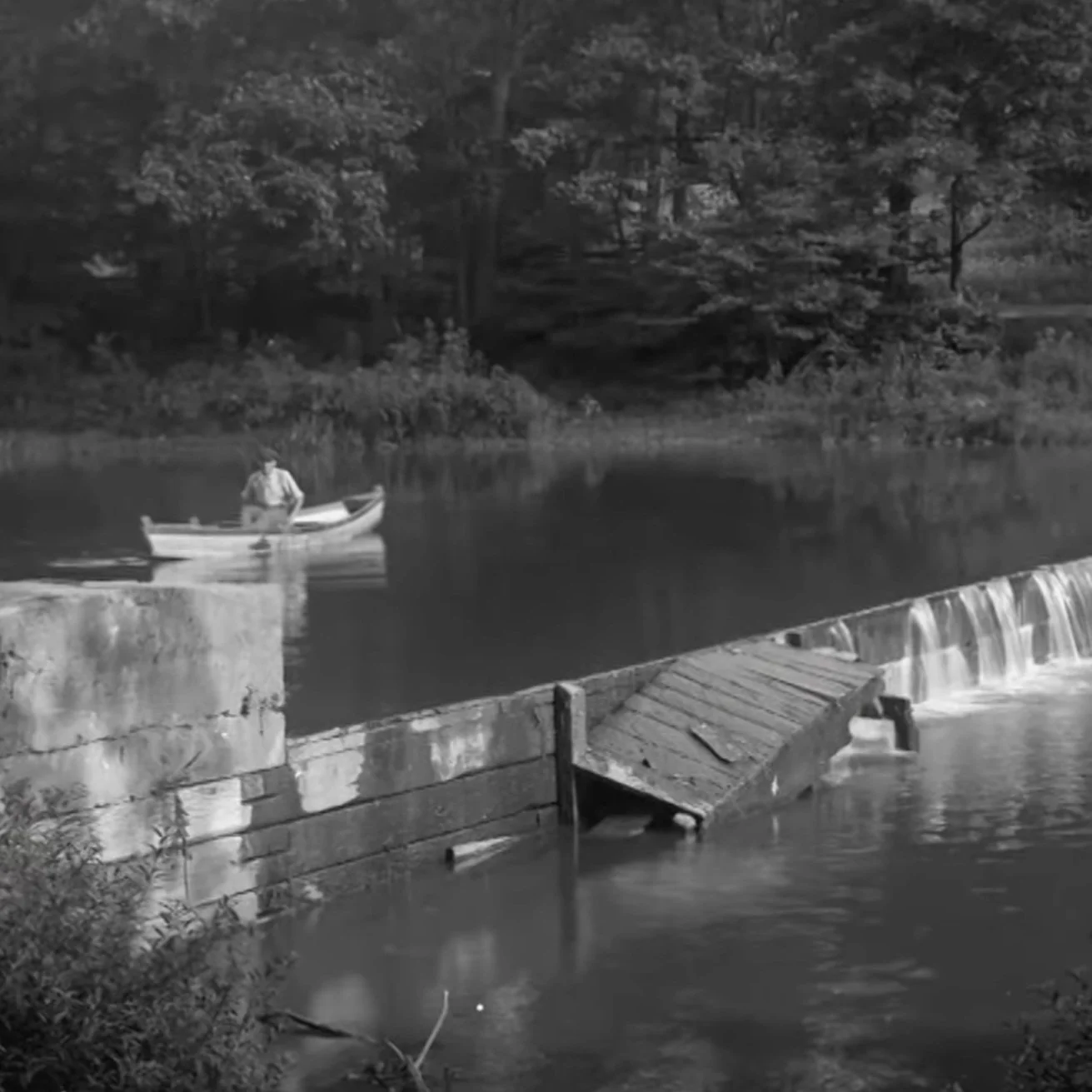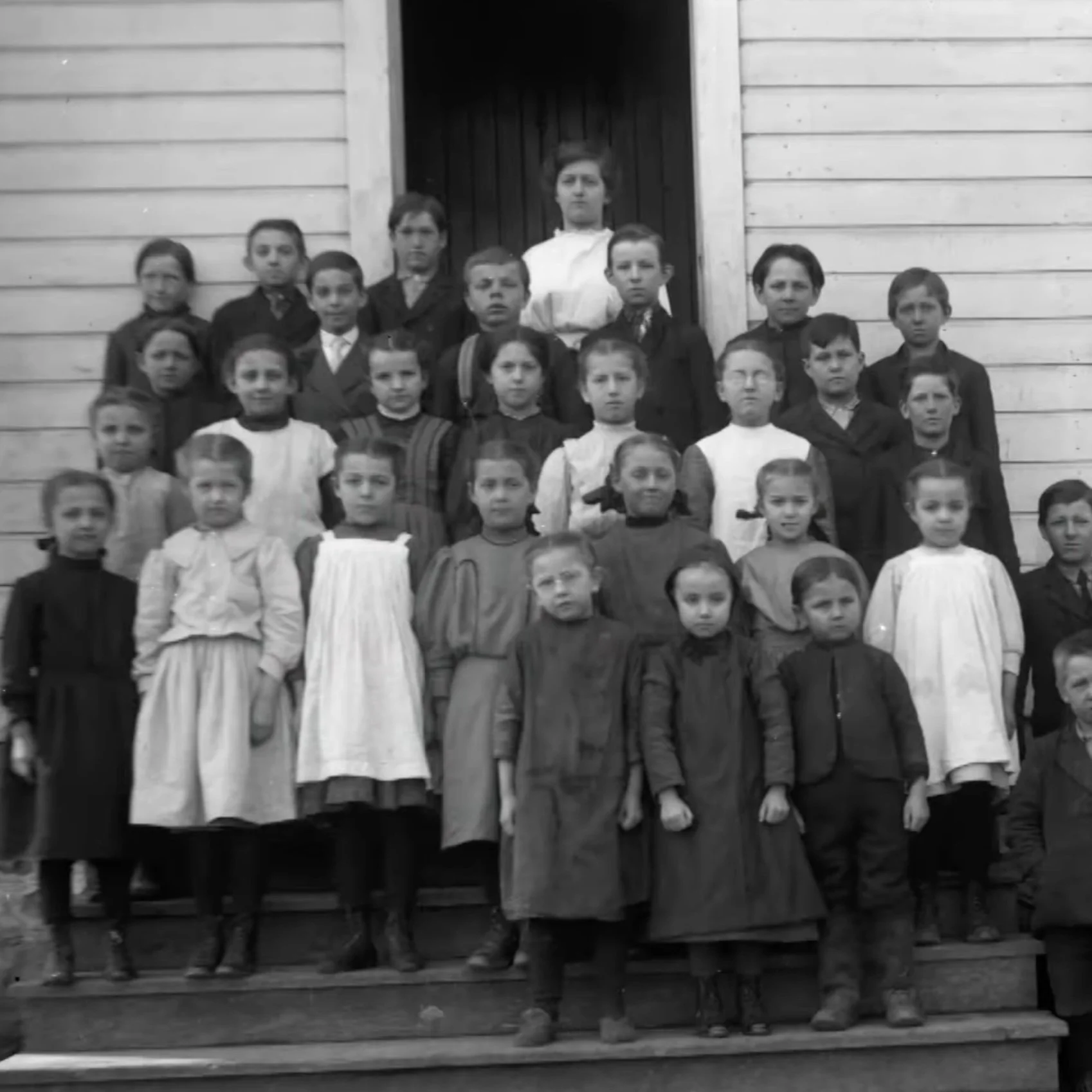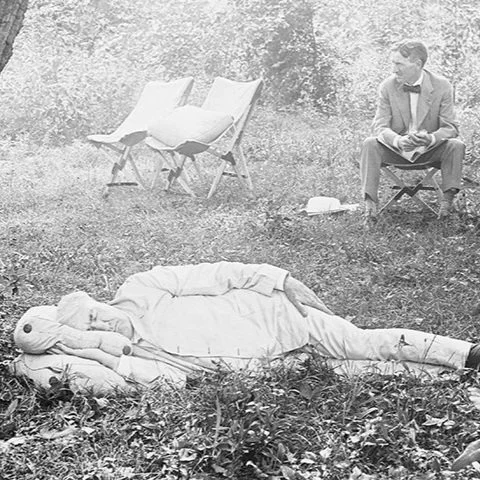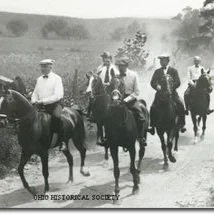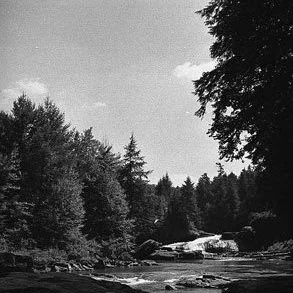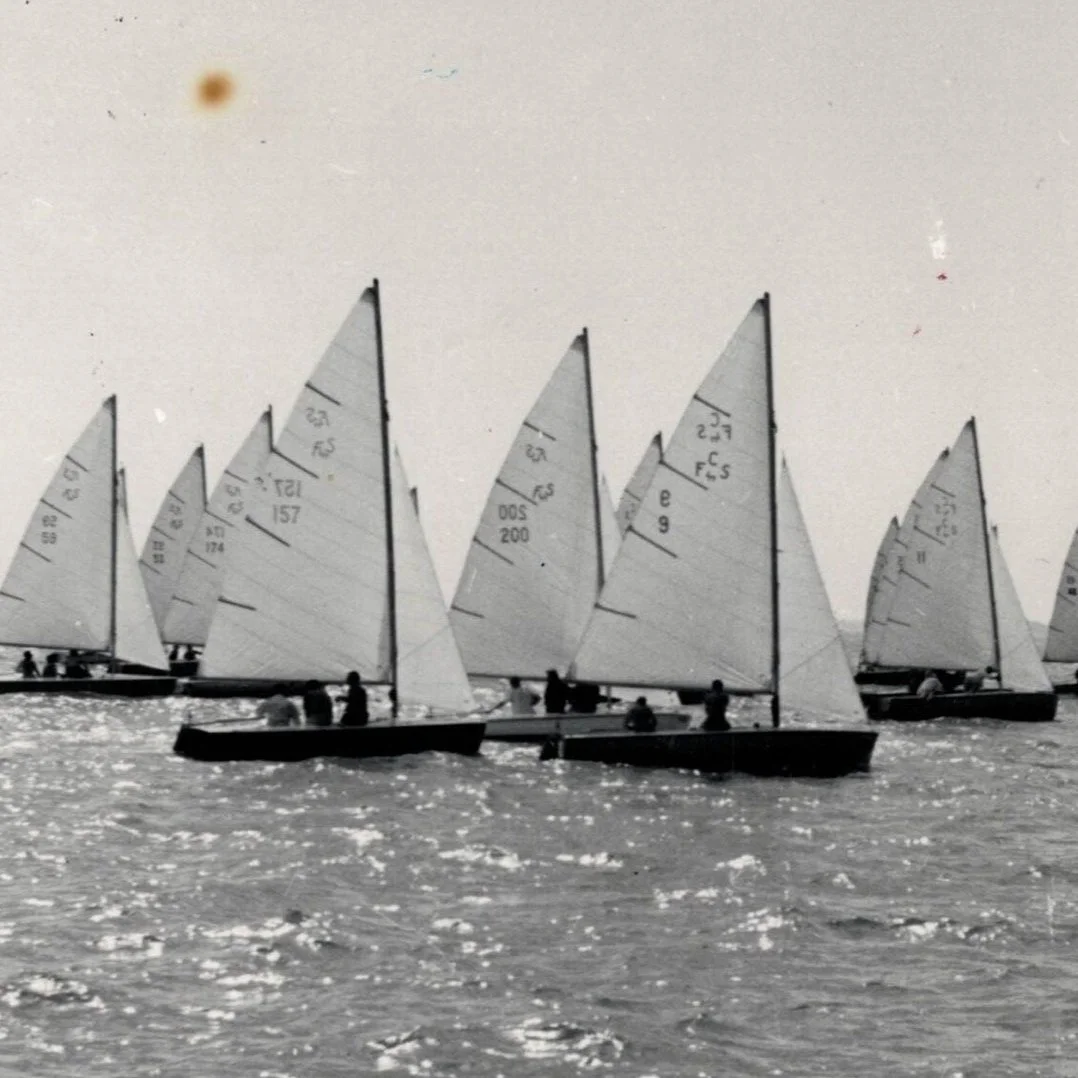SOCIAL MEDIA
HISTORICAL RESEARCH AND COPYWRITING- GARRETT COUNTY HERITAGE
NOTEWORTHY METRICS
-
The abandoned town of Kendall in Garrett County, Western Maryland, holds a historic connection to the logging and lumber industry. During the 19th century, the county was rich with old growth forests, attracting logging enterprises. The Baltimore & Ohio Railroad relied on the region's resources during the Civil War, with Henry G. Davis supplying crucial lumber for the railroad's survival. After the war, Garrett County's logging industries continued to flourish, with Kendall Lumber Company establishing itself in the southern part of the county. A company town named Yough Manor emerged around a new sawmill in 1889. Over the years, the town underwent name changes, first to Krug in 1891, and then to Kendall in the early 1900s. Despite a new company's attempt to revive the town's operations in the 1920s, Kendall's population declined, and by that time, most of its buildings and houses had disappeared. The town's glory days never fully returned.
Link in bio
-
One of our most notable landmarks is the historic Deer Park Hotel, which was established in 1889. The hotel was a popular vacation resort and played host to several U.S. presidents and other dignitaries over the years The hotel caught fire in 1944, resulting in significant damage and leaving only a small portion of the building salvageable. This remaining section is now known as The Deer Park Inn and Restaurant while it’s legacy lives on in the Garrett County Historical Society Museums.
As you explore the natural beauty of Garrett County, take a moment to imagine what life was like for the guests who stayed at the Deer Park Hotel over a century ago.
https://youtu.be/kdp4WmPyo4w
-
Coal mining in Garrett County has deep historical roots dating back to the 1800s. The region's rich deposits of bituminous coal fueled a thriving industry that played a vital role in shaping the local economy. For decades, coal mining provided employment opportunities for many residents and contributed significantly to the growth of surrounding communities. During the height of coal mining in Western Maryland, the coal miners were often paid in script money instead of regular currency. This practice was common in company towns, where the mining company would issue its own script currency to pay workers. Miners could then use this script to purchase goods and services at company-owned stores within the community.
For more information about Garrett County Coal Mining:
The Coal Talk Oral History project: https://www.garrettheritage.com/history-culture
Visit the Coal Bucket Restaurant in Kitzmiller, Maryland
Garrett County Historical Society Museums to see more photographs, books, maps, artifacts and mining equipment.
-
The National Road played a pivotal role in shaping the country as we know it today. This historic road, which stretches over 620 miles from Maryland to Illinois, served as a major transportation route for both people and goods for over a century. It was the first federally funded road in the US and the Casselman River Bridge was the largest single stone arch bridge in the US at the time.
To commemorate this important part of American history, we invite you to check out the photos in this post, which offer a glimpse into the rich heritage of the National Road in Garrett County and check out the @nationalroadheritagefoundation
https://nationalrdfoundation.org/national-road-museum/
And don't forget to mark your calendars for the upcoming @NationalRoadFestival ! Set to take place on Saturday, May 20th from 8am to 1pm in Grantsville, Maryland, this festival is a celebration of the National Road and all it has contributed to American history. Featuring a range of fun and engaging events, including the National Road and Town-Wide Yard Sale, the Mountain Top Cruisers Car Show, children's activities with JTF, and much more, this festival is not to be missed! For more information about the event go to
https://www.facebook.com/events/1181906685830354
-
Even the greatest minds need a break now and then, as Albert Einstein demonstrated during his two-week vacation to Garrett County, Maryland. The physicist, known for his groundbreaking work in the field of theoretical physics, spent his time in the county indulging in the peaceful surroundings, fishing, and sailing on Deep Creek Lake. While his visit was just a brief moment in time, it adds to the rich history of Garrett County. For those who appreciate both history and natural beauty, a visit to Deep Creek is a chance to immerse oneself in the same serene surroundings that once attracted Einstein. Come and experience the allure of this picturesque county and let the stresses of everyday life fade away.
https://www.garrettheritage.com/
-
Leo Beachy, a remarkable photographer based in Garrett County, holds the distinction of capturing some of the earliest and most significant photos of the region. His portfolio encompasses a diverse range of subjects, from intimate studio portraits to breathtaking and expansive landscapes, all of which reflect the beauty and essence of Garrett County.
Despite battling a crippling illness, Beachy's passion for photography drove him to observe and document the everyday life of his community. Tragically, upon his demise in 1927, a vast number of his glass plate negatives were lost, leaving only 2887 plates that are now preserved in this invaluable archive.
Spanning the years between 1905 and 1927, these photographs serve as expressive and eloquent windows into the lives of Garrett County's past. They stand as a testament to the lifelong dedication and artistic vision of Leo J. Beachy. Through this archive, the entire community can connect with and cherish the visual, artistic, and cultural heritage of Garrett County, appreciating the enduring legacy of this talented photographer. His entire collection can be viewed at the Grantsville Community Museum.
For a digital glimpse into the life and work of this talented photographer, watch the video that sheds light on how Leo Beachy's remarkable legacy came to life and an online gallery.... link in bio
-
Take a step back in time and explore the historic camping expedition of Thomas Edison, Henry Ford, and Harvey Firestone in 1921. This two-week journey in Western Maryland allowed these influential figures to connect with nature, engaging in activities like horseback riding and rifle shooting amidst the region's breathtaking landscapes. Immerse yourself in their adventure and discover the timeless allure of Garrett County. To learn more about their trip, visit https://dnr.maryland.gov/.../md.../travelers.aspx
-
The Glades Hotel, established in the early 1850s following the arrival of the railroad in Oakland, served as a crucial stop along the Baltimore and Ohio Railroad for passengers seeking a quick meal in its dining room, as dining cars were not yet available on trains at that time. During the Civil War, in April 1863, the hotel faced a moment of peril when the Jones/Imboden raiders passed through Oakland with the intent of destroying the nearby Youghiogheny railroad bridge. The hotel was the only building in town subjected to cannon fire but was ultimately spared after John Dailey convinced the Confederate troops that no Union officer was inside. Although the original Glades Hotel burned down in 1874, a new version was constructed nearby in the same year. The hotel continued to operate until the early 1900s, when it was eventually dismantled for its lumber in 1908.
-
With its fascinating history spanning over six decades, the Flying Scot sailboat has captured the hearts of sailors around the world. Designed by Sandy Douglass in 1957, this versatile and family-friendly sailboat has become an icon in the sailing world. With their timeless design, exceptional performance, and ease of handling, the Flying Scot continues to be cherished by boaters across Garrett County, the Chesapeake Bay, and beyond. Visit their factory store in Oakland, Maryland and watch their master craftsman at work.
https://flyingscot.com/come-see-us/


